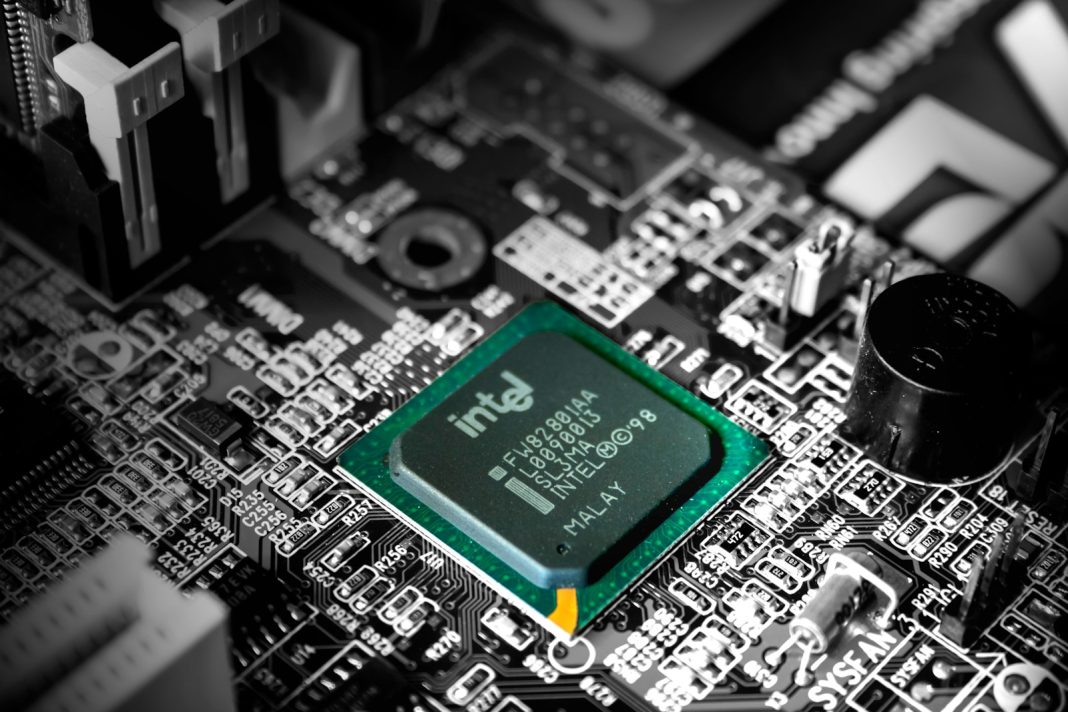Upgrading your PC’s RAM is one of the simplest and most effective methods to enhance its performance, allowing for smoother operation of demanding applications and games. Whether you’re new to PC building or seeking to improve your existing setup, installing RAM is a manageable task. This guide will walk you through the process with clarity and precision.
Choosing the Right Memory
Before you begin the installation process, selecting the correct RAM is crucial. Memory modules vary widely in terms of speed, capacity, and generation, which can impact compatibility and performance. Start by determining how much RAM your system needs. Consult a RAM buying guide to ensure you choose memory that is compatible with your motherboard and meets your requirements.
Preparing for Installation
Safety and preparation are key when working inside your computer. It is advisable to wear an anti-static wristband to prevent electrostatic discharge, which could damage your components. Alternatively, periodically ground yourself by touching the metal parts of your computer case. Additionally, work in a static-free environment, ideally with rubber-soled shoes.
Step-by-Step Installation
1. Power Down and Open Your Case
Disconnect the power cable from your computer and, if necessary, unplug any additional cables connected to the back panel. Carefully lay your PC on its side to provide unobstructed access to the interior. Remove the side panel of the case—typically on the left side—to expose the internal components.
2. Locate and Remove Old RAM
Inside the case, identify the RAM slots on the motherboard. These are usually positioned to the right of the processor and its cooling unit. The slots are long and feature tabs on each end that secure the RAM sticks. To remove existing RAM, press these tabs downwards to release the module. If your motherboard has only one tab, press it down and gently slide the RAM stick out. Handle the components carefully to avoid damage.
3. Check Slot Configuration
Refer to your motherboard’s manual to determine the optimal slots for installing your new RAM. Many motherboards favour certain slot configurations, such as the second and fourth slots or the first and third slots, depending on the number of sticks you are using. Proper slot placement is vital for achieving maximum memory bandwidth.
4. Align and Insert New RAM
RAM sticks are designed to be inserted in only one direction. Examine the metal contacts on the side of the RAM stick to find an off-centre notch. Align this notch with the corresponding notch in the motherboard’s memory slot. Incorrect alignment will prevent the RAM from fitting properly. Avoid forcing the RAM into the slot as this could cause damage.
5. Secure the RAM
Once aligned correctly, press down on the edges of the RAM stick with your thumbs until it clicks into place. The tabs or wings on either side of the slot should snap back to secure the RAM. If the stick does not click in easily, verify its orientation before applying pressure. If necessary, use a flashlight to better see the alignment. Ensure that the motherboard is adequately supported to prevent flexing during installation.
6. Reassemble and Power On
After inserting all the RAM sticks and confirming that they are firmly in place, reattach the side panel of the case. Reconnect all cables, then power up your PC.
7. Verify Installation
Upon booting up, if your PC successfully starts up to Windows, your RAM installation was successful. However, to ensure optimal performance, reboot your PC and enter the BIOS settings. Apply the XMP (Extreme Memory Profile) to enable the RAM to operate at its rated speed. If the PC does not boot immediately, wait a few moments as modern systems may take some time to detect new memory. Persistent boot issues may require resetting the CMOS via a jumper or removing the motherboard battery to clear any old memory settings.
Installing RAM is a relatively straightforward upgrade that can significantly enhance your computer’s performance. By following these steps—ensuring you select the correct memory, preparing your system, and carefully installing the new RAM—you can achieve a successful upgrade with minimal hassle. For users new to PC building, this task serves as a practical introduction to more complex modifications and improvements. Should any issues arise during installation, consulting your motherboard’s manual or seeking professional advice may provide additional solutions. As technology continues to evolve, staying informed about compatible components and best practices will ensure your PC remains capable of meeting future demands.


